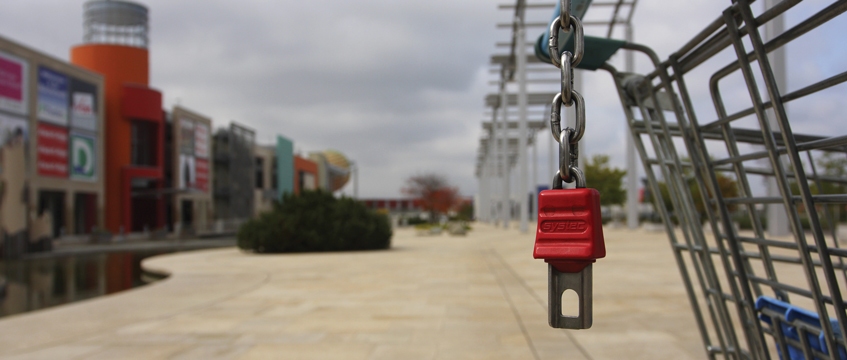There are more empty regional offices than there are vacancies at retail parks, according to the latest research from Savills.
The findings show that despite suffering lockdown closures and retailer collapses, retail parks have proved resilient throughout the Covid-19 crisis.
The vacancy rate at retail parks across the UK stands at 5.9% in the year to date. That is only slightly higher than the 5.4% vacancy rate for logistics properties measuring 100,000 sq ft, and comfortably below the 7.4% vacancy rate in offices across the “big six” cities of Birmingham, Bristol, Edinburgh, Glasgow, Leeds and Manchester.
So far this year, the retail park sector has recorded 375 store openings, compared with 720 throughout 2020.
New openings have been driven mainly by discount and value operators. Lidl bought 55 new stores last year, while Aldi acquired 42 and B&M took 27. Discount retailers accounted for two-fifths of all out-of-town store openings last year, and the team at Savills expects such operators to account for a similar amount this year.
Every Lidl helps
Retail park rents fell by 9.5% in 2020, although Savills noted that the rate of decline is beginning to slow. The agent added that some subsectors are now showing signs of rental growth – the discount market posted a 14.1% uplift in rents last year.
Dominic Rodbourne, head of out-of-town retail at Savills, said: “Over the course of the past year, the retail park sector has become widely recognised as the most resilient of all retail subsectors and it’s likely that we’ll see this continue.
“Retailers are increasingly seeing the value in having an out-of-town presence, not only to service customers in a more ‘pandemic-friendly’ way, but also as a way to fulfil a growing number of online orders, with these stores becoming a key function of the supply chain through the likes of click and collect or last-mile logistics.”
Sam Arrowsmith, retail research director at Savills, said: “While non-essential retail was closed for a significant proportion of last year, physical sales still accounted for 76% of all retail sales in 2020, showing that there is absolutely still a place for bricks-and-mortar stores.
“With an encouraging pipeline of store openings and stable vacancy rates, the out-of-town sector continues to show strong occupational resilience with a number of retailers remaining acquisitive as we progress through 2021.”
Etailers tip the industrial scales
Elsewhere, in the strongest year on record for industrial take-up, the ecommerce boom during the national lockdowns in 2020 drove a surge in leasing activity from online retailers, which signed for the lion’s share of new leases by sq ft.
So far this year, etailers account for half of new warehousing take-up, having made up 34% of the total for industrial leasing deals in 2020. This is well above the 14-year average, which stands at a 12% market share. Last year they took up 17.1m sq ft – more than triple the amount of new space they signed for in 2019.
Although grocery retailers more than tripled fresh industrial take-up to 2.9m sq ft in 2020 from the previous year, these amounted to just 6% of all new warehouse leases signed during the year – below a 14-year average of 10%. None have signed for new space so far in 2021.
High-street retailers took on double the amount of new warehousing space compared with what they signed for in 2019, transacting on 4.2m sq ft last year. Their market share stood at 8% in 2020, below a 17% average over the past 14 years. This year to date, physical retailers represent 4% of industrial take-up.
To send feedback, e-mail pui-guan.man@egi.co.uk or tweet @PuiGuanM or @estatesgazette











